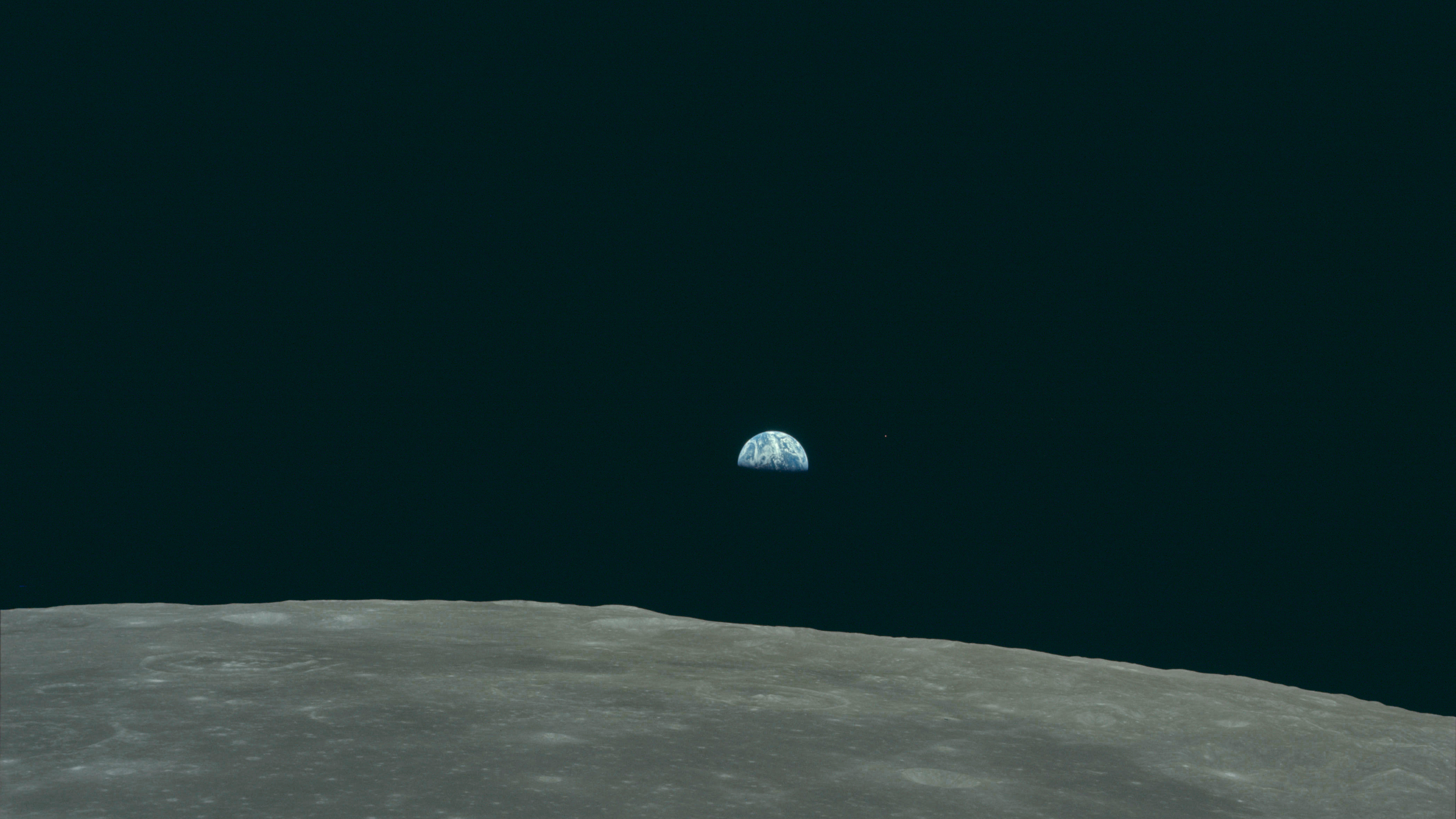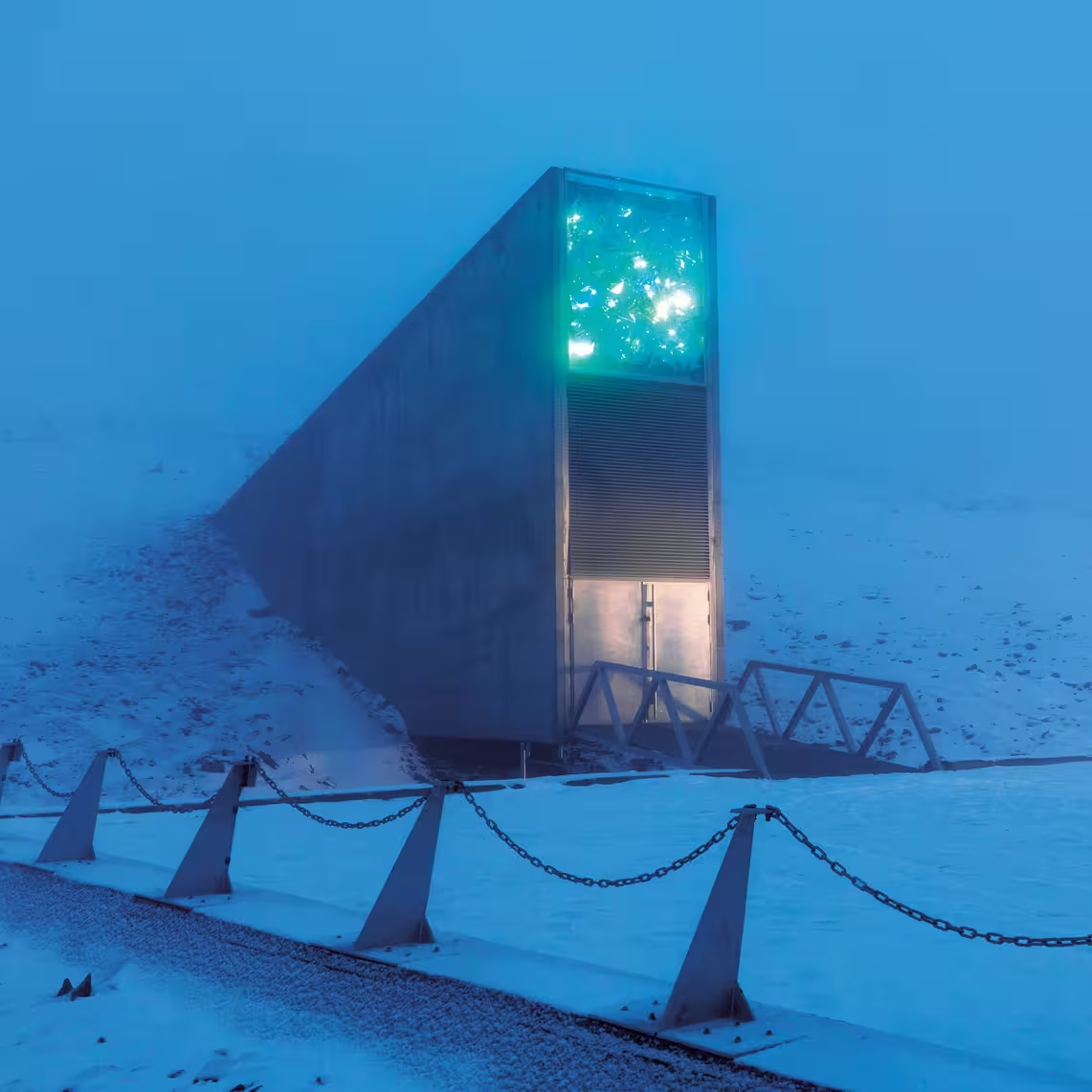The Ultimate Seed Vault Backup? How About the Moon [Hackaday]

A safe haven to preserve samples of biodiversity from climate change, habitat loss, natural disaster, and other threats is recognized as a worthwhile endeavor. Everyone knows good backup practice involves a copy of critical elements at a remote location, leading some to ask: why not the moon?

A biological sample repository already exists in the form of the Svalbard global seed vault, located in a mountain on a remote island in the Arctic circle. Even so, not even Svalbard is out of the reach of our changing Earth. In 2017, soaring temperatures in the Arctic melted permafrost in a way no one imagined would be possible, and water infiltrated the facility. Fortunately the flooding was handled by personnel and no damage was done to the vault’s contents, but it was a wake-up call.
An off-site backup that requires no staffing could provide some much-needed redundancy. Deep craters near the moon’s polar regions offer stable and ultra-cold locations that are never exposed to sunlight, and could offer staffing-free repositories if done right. The lunar biorepository proposal has the details, and is thought-provoking, at least.
The moon’s lack of an atmosphere is inconvenient for life, but otherwise pretty attractive for some applications. A backup seed vault is one, and putting a giant telescope in a lunar crater is another.

![the-ultimate-seed-vault-backup?-how-about-the-moon-[hackaday]](https://i0.wp.com/upmytech.com/wp-content/uploads/2024/08/201753-the-ultimate-seed-vault-backup-how-about-the-moon-hackaday.png?resize=800%2C445&ssl=1)